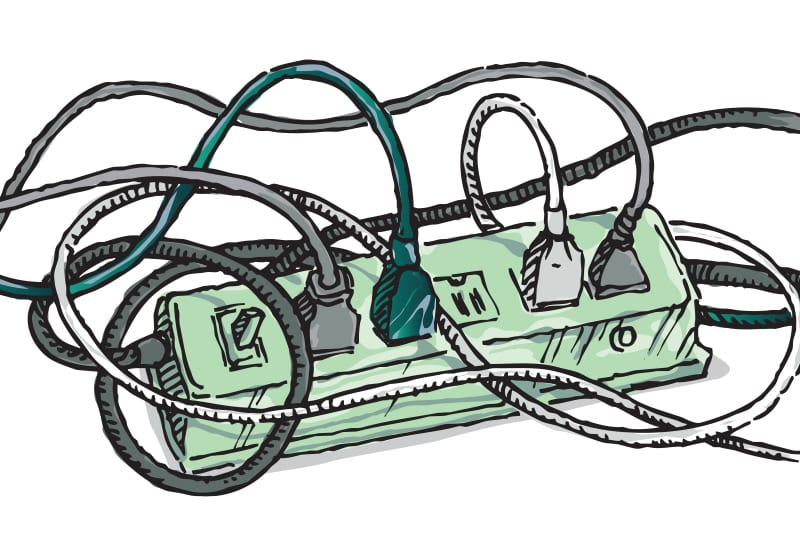For Her
Heeding Headaches: Quick Tips to Provide Relief
If a migraine can stop you in your tracks, you’re not alone. Women suffer from migraines three times more often than men, and 18% of women in the United States experience migraines. If you find yourself at the mercy of a pounding headache, try these quick tips to help ease the pain.
Make it dark.
Migraines can cause you to be more sensitive to light. Try turning off the lights or slipping on some shades for added relief. Bonus points if you are able to lay down and take a nap.
Chill out.
Cold compresses can provide a reprieve. Try wrapping a cold compress around your neck to cool down your blood as it travels into your brain. Ice packs applied directly to the forehead can also ease pain by creating a numb-ing sensation.
Drink some caffeine.
Small amounts of caffeine can help relieve headaches, especially in the early stages, and can enhance the pain-reducing effects of acetaminophen. If you begin feeling nauseous, opt for peppermint tea instead.

Heat it up.
Hot compresses or heating pads can relax tense muscles. A steamy shower or bath also has a similar effect.
Block out scents.
Sometimes a perfume or cologne is all it takes to set off a migraine. When this happens, try to sniff a soothing substitute scent such as mint or coffee beans.
Put pressure on it.
Explore tension relief by putting pressure on the area of your hand between your thumb and first finger. You can also try rolling your feet over a tennis ball to relax tension throughout your body.
Microneedling: What to Expect from the Procedure
Over the last several years, microneedling has grown in popularity, and services can be found everywhere from doctor’s offices to salons.
Also called skin needling, collagen induction therapy, or percutaneous collagen induction, microneedling is a procedure that uses fine needles to puncture the skin and create a controlled skin injury in order to rejuvenate skin with your body’s natural healing process.
The procedure is used to treat imperfections such as acne scarring, fine lines, wrinkles, loose skin, pore size, skin texture, brown spots, stretch marks, and pigment issues.
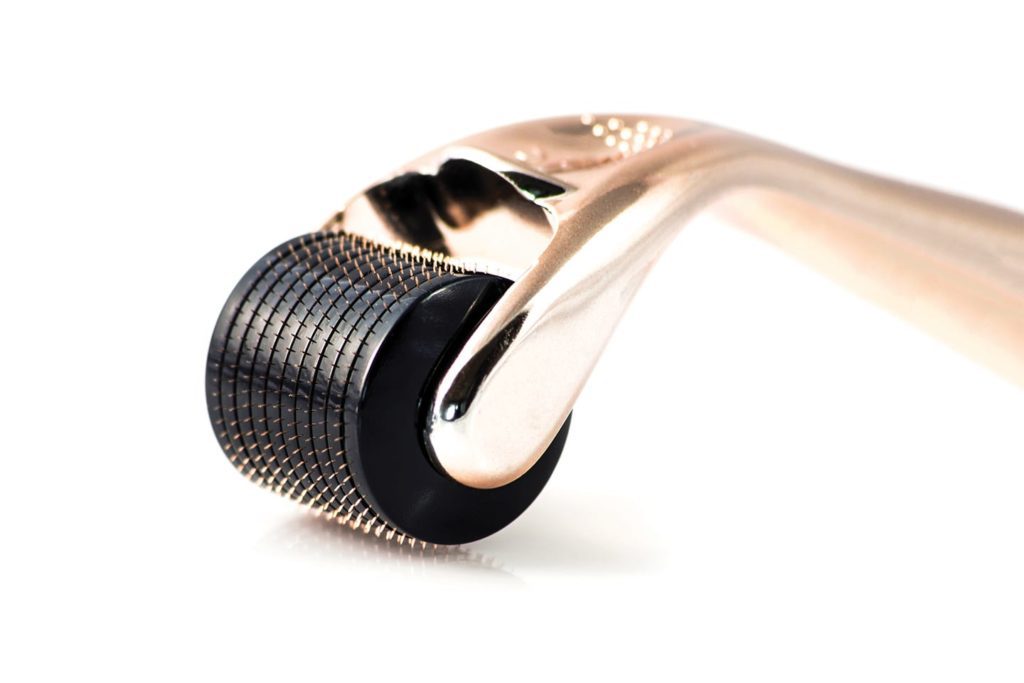

Microneedling procedures typically take place in a series of four to six sessions, with roughly one month in between each session. During the procedure, a topical anesthetic is applied, and a penlike tool called a derma roller is used to insert tiny stainless steel needles into the skin. These needles cause microinjuries, which allow the body to send elastin and collagen to the cuts in order to repair them.
Following the procedure, a collagen-enhancing serum is applied, and the result of microneedling is often slicker and tighter skin. While your skin may be more sensitive following microneedling, and topical products should be applied with caution, there is virtually no downtime from the procedure.
For Moms
Babysitter Basics
Whether you’re planning a much-needed date night or you get caught up at the office, sometimes you need to leave your child with a babysitter. When that happens, you want to make sure the person you are trusting with your child’s life is ready for anything and everything that may come their way. Here is some information to provide a babysitter that will help ensure your child’s safety.
- Basic information such as your name, children’s names and ages, phone numbers, additional emergency contacts, and your home’s physical address.
- Contact information for local emergency services such as fire, police, doctor, poison control, and hospitals.
- A mapped escape route in case of a fire and the location of your fire extinguisher, circuit breaker, and water shutoff.
- Where to find a first aid kit and flashlight.
- A list of your children’s allergies, current medications, and any current or ongoing health concerns.
- A health care authorization form and your insurance policy information.
- A list of acceptable foods and drinks for your children and a recap of their routine, including information on mealtimes, naps, bathtime, and bedtime.
- A list of approved activities and any house rules you have.


All Aboard: Tips for Flying with Children
Traveling across the country can be exciting, but it can also be stressful, especially if you have little ones in tow. Here are some tips to consider to keep frustration to a minimum the next time your family boards a plane.
- Don’t limit screen time.
- Sit toward the back of the cabin near the bathrooms and flight attendants.
- Beware of red-eye flights.
- Seat your child away from the aisle.
- Surprise your child with a new toy during the flight.
- Have your child practice staying still for extended periods of time before your trip.
- Let your child know what to expect.
- Eat before you board, but still pack snacks.
- Book early so you can sit together.
- Dress your child in comfortable layers.
- Bring items for your child to cuddle with.
- Try to plan travel time around your child’s sleep schedule.
- Get plenty of sleep yourself the night before the flight.
- Opt for longer layovers so there is more time for your child to stretch their legs.
For Him
How to Make the Most of a Sporting Event with Small Children
For dads who love sports, taking kids to a big game may seem like a great way to bond. But the reality of attending a sporting event with small children is often different than expected. These actions can help you make the most of your outing.
- Think about your children’s sleep schedules, and adjust their routines as necessary.
- Be realistic about your expectations, and remember that kids will be kids.
- Answer any questions your children may have about the sport or what is happening.
- Let your kids explore and run around prior to the game starting.
- Don’t be glued to your seats, and consider walking around every other quarter or at halftime.
- Bring their favorite snacks from home, or let your children indulge in concessions.
- Research the kid-friendly aspects of the sporting complex that you will be visiting.
- Make sure to take plenty of warm clothes for games in colder months.
- For summertime games, be sure to pack hats, sunscreen, and fans to stay safe and cool.


- Bring earplugs in case the noise level gets too loud for your little ones.
- Know how you are getting to and from the game, and plan accordingly to minimize travel time.
- Don’t spend a fortune on seats, and try not to attend sold out events.
- If you have a bad experience the first time, try again.
H2O Flow: Five Ways to Increase Water Consumption
We all know that staying hydrated is important to our health, but sometimes it’s easier said than done. If you struggle to get your daily recommended amount of H2O, try these quick tips to increase your water consumption.
- Don’t wait until you’re thirsty to drink water. Being thirsty signals that you are already dehydrated. If you forget to drink water throughout the day, try to drink a glass of water when you wake up in the morning and before or during each meal.
- Carry a reusable water bottle with you at all times. You’d would be surprised how much more you will drink if you always have water on hand.
- Add some flavor. If you find regular water to be a little boring, try sipping on flavored or sparkling waters or infuse your own with lemons, berries, cucumbers, or a variety of other fruits or vegetables.
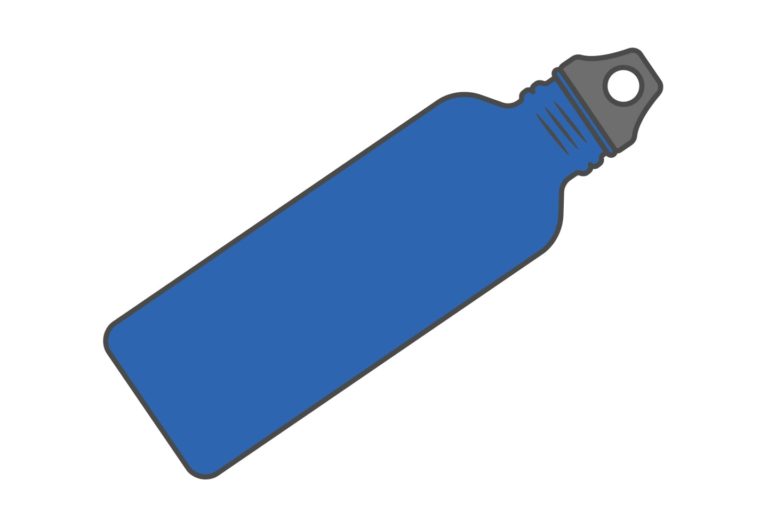

- Eat your water. While drinking a recommended amount of water is one way to hit that daily goal, foods such as grapes, watermelons, tomatoes, and lettuce also contain water.
- Track your intake. Keeping track of how much water you are drinking may be all the motivation you need. Several apps on the market can help you track your intake, and special water bottles that can be purchased will light up if you’re not drinking enough.
For the Whole Family
First Aid for Blisters
We’ve all worn an uncomfortable pair of shoes, and chances are, the result was a blister. When it comes to caring for a blister, it’s always best to leave it as intact as possible. Unbroken skin provides a barrier to bacteria, minimizing your risk for infection. Cover unbroken blisters with an adhesive bandage or moleskin, and try not to put pressure on the area.
If you have a blister that has already popped, gently wash the area with warm water and a mild soap. Smooth any excess skin down before applying an antibiotic ointment and covering loosely with a bandage.
If you have a blister that is especially painful, draining the fluid could provide relief. Start by washing the area with soap and water, and use a sterile needle to puncture the blister at several spots along its edge. Drain the blister while leaving the overlying skin in place, and apply an antibiotic ointment followed by a bandage.
Change your bandage daily or whenever it becomes dirty or wet, and avoid the shoes or activity that caused the blister until after it heals.
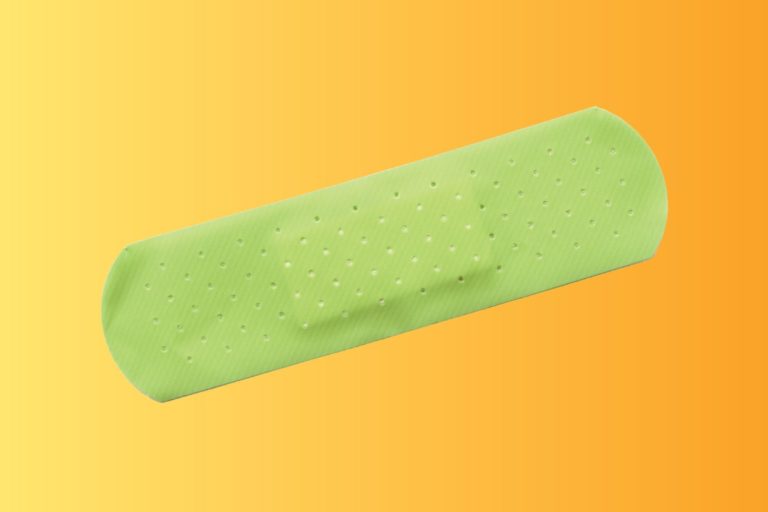

Fresh vs. Frozen
You’ve probably heard that fresh produce is better for you than frozen – but that may not be the case. A vegetable in any form is better than no vegetable at all, and evidence suggests that frozen produce is at least on par with its fresh counterparts.
When fresh produce is harvested, it’s picked before it is ripe. This allows it to ripen during transit to a distribution center (which can take anywhere from three days to several weeks). Harvesting produce before it’s ripe gives it less time to develop a full range of vitamins and minerals.
On the other hand, frozen produce is generally picked at peak ripeness when it’s most nutritious and is sometimes packaged within a matter of hours. That said, frozen produce is blanched in hot water or steam before freezing. While this process kills bacteria, it also causes some water-soluble nutrients, such as vitamins C and B, to break down.
So which type of produce is better for you?


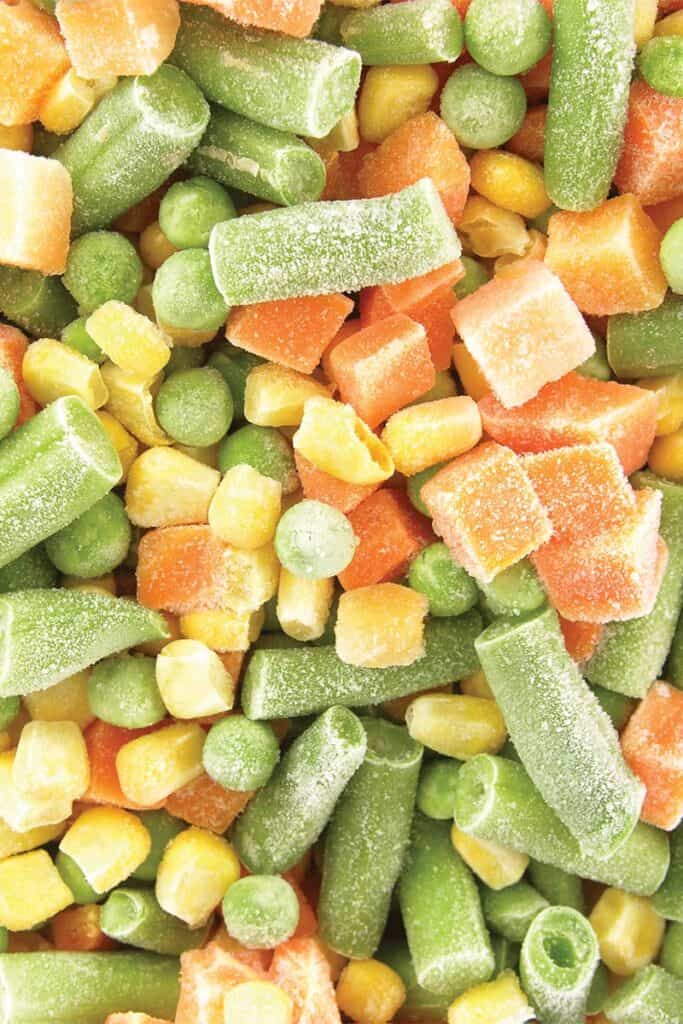

At the end of the day, fresh and frozen produce are nutritionally similar. Pair this information with other factors such as cost, availability, and shelf life to help you make the right choice for your lifestyle.
For New Moms
So, You’ve Scheduled Your Six-Week Ultrasound…
All of the unknowns that come with pregnancy can be scary, but knowing what to expect from your various appointments can help put your mind at ease.
Most doctors wait until at least six weeks to perform an ultrasound. Your baby will likely be too small to see with a traditional abdominal ultrasound, so you can expect to have a transvaginal ultrasound. At this appointment, sonographers will be looking for several things.
- First is the heartbeat. The earliest a heartbeat can be detected is at five weeks and two days gestation, and even then, sonographers only see a heartbeat in 20% of early dating scans.
- Your technician will also be looking for the location of the embryo, which can implant in or outside the uterus.
- Sonographers will search for the number of fetuses and can tell at this stage if you’ll be having twins.
- The yolk sac, which is attached to the baby, provides nourishment. The size and shape of the sac is an indicator of your baby’s health and can be seen at early ultrasounds.
- It’s also common for women to develop a corpus luteum cyst during the first three months of pregnancy, so technicians will check for any signs of a cyst.


A Mom’s Guide to Reheating Breast Milk
Returning to the office after your maternity leave, or simply a busy schedule, doesn’t have to signal the end of breastfeeding. With practice and preparation, you can create a stockpile of breast milk that’s ready to be fed to your little one.
Use these guidelines to safely serve stored milk:
When using frozen milk, thaw the oldest milk first, and continue to rotate your stock. Thaw milk overnight in the refrigerator or place it under a steady stream of cool running water, slowly increasing the temperature until it reaches room temperature. Do not leave frozen breast milk out to thaw, and don’t refreeze breast milk after it has been thawed. Thawed breast milk should be used within 24 hours.
When using milk that’s been refrigerated, use warm running water to take the chill off of the liquid. Avoid using the microwave or stovetop, as they can heat the liquid unevenly and may decrease some of the milk’s nutritional content. Alternatively, you can use a bottle warmer to heat breast milk. Milk should be served no warmer than 104° F.
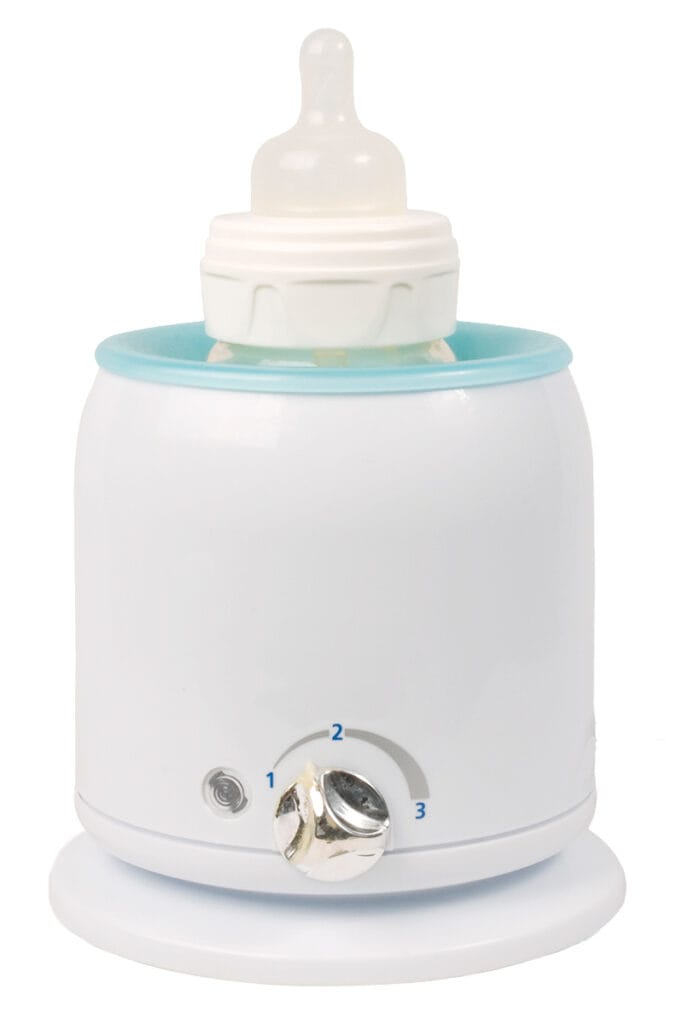

For Older Adults
A Quick Guide to Staying Social
Many factors play a role in your overall health as you age, and staying connected with family and friends is definitely one of them. Studies show that interacting with your peers, as well as keeping your mind stimulated, can help ward off cognitive decline and depression. Use these tips to strengthen your key relationships and foster new ones!
Keep in touch with your social network. Whether in person, over the phone, via email, or on social media, make it a point to reach out to those closest to you and reconnect with friends from your past.
Join a club. Hobbies can cultivate joy and are a great way to stay social. If you have existing hobbies, strive to nurture those with age, and don’t be afraid to delve into something new.
Get a part-time job or volunteer. Even though you may be of retirement age, that doesn’t mean you have to exit the workforce. Many schools, libraries, churches, or museums would love the extra help.
Focus on family. Get gratification from spending time with family. Offer to regularly babysit grandchildren or organize a weekly meal together.
Explore community living. Living in a community can be a great way to stay active and meet new people. Many communities have various interest groups and an array of amenities for you to take advantage of.


How Taste Buds Change with Age
Here’s a fun fact: When you were born, you had around 9,000 taste buds. Each taste bud is a bundle of sensory cells that are grouped together and cover the tongue.
These taste buds send signals to the brain, and while your sense of taste may have seemed constant for much of your life, things start to change in your 50s and 60s.
The cells of a taste bud regenerate every one or two weeks, but with age, this ability becomes impacted. When this happens, you may begin to lose the ability to distinguish sweet, salty, sour, and bitter foods. As flavors become less prominent, you may lose your appetite for many foods. It’s important during this time to make sure you are still receiving the nourishment you need and are paying close attention to expiration dates to avoid consuming rancid foods.
Although experts suggest there isn’t much that can be done to boost your sense of taste once it’s in decline, there aren’t any additional health risks. Use this time of life to experiment with spices and other bold flavors.


For the Home
15 Ways to Stop Being a Water Waster
If you cringe every time your water bill arrives, it may be time to consider making some changes to conserve more water. Read on for tips on how to save on your water cost.
- Replace outdated appliances with energy-efficient ones.
- Turn off the faucet while brushing your teeth or shaving.
- Install low pressure or energy-efficient faucets, showerheads, and toilets.
- Alternatively, install a faucet aerator.
- Heat water on the stove or in the microwave as opposed to letting water run until warm.
- Only run your washer and dishwasher when you have a full load.
- Don’t rinse dishes before loading them in the dishwasher, and only hand wash dishes when necessary.
- Address any leaks as soon as they appear.
- Avoid using your garbage disposal.
- Take shorter showers or turn off the water while lathering up.
- Skip bathtime altogether – opt for a short shower instead.
- Sweep floors and driveways in order to keep mopping and rinsing to a minimum.
- Consider utilizing a rain barrel to capture runoff.


14. Landscape with drought-resistant grasses and plants.
15. Insulate your water pipes.
Cleaning Up Cables
Decluttering the bird’s nest of wires and cables in your living spaces can seem daunting. But with a few small changes, you can change the appearance and ease of use for your go-to devices, and you won’t have to search endlessly the next time you want to add a device to your lineup.
First, make sure your cables are as functional as possible. Ninety-degree adapters can be found to work with a variety of cables. This will allow you to more easily plug and unplug devices, and it won’t place undue stress on your wires.
If you have a coil of spare wire for certain devices, consider replacing it with cables in the exact length you need. Slim or kink-free cables can also be purchased.
If organization is your main goal, consider color-coding or labeling your cables. Separate wires that provide power from those that provide video and audio, and then run them in separate directions to minimize any confusion. Items such as an HDMI switch, power strip stored in a drawer or cabinet, and zip ties can also go a long way in making sure your electronics are organized.
